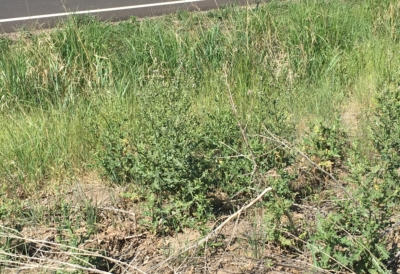Canada Thistle Noxious Weed Control Options:
Eliminating Canada Thistles requires routine control practices for not just one season and it may require the use of the combination of control measures to have the desired result.
Biological Control of Canada Thistle
Ceutorhyncus litura is presently used as a control agent in Colorado. In early spring, the female weevil lays their eggs beneath the Canada Thistle leaves. Larvae eat up the vein of the leaves and 
Uriphora cardui is also an effective biological control measure for Canada thistle infestation. While the females lay their eggs on developing shoots of the plant, larvae bore into shoots. Their feeding leads to irritation which weakens the plants and may even lead to its death.
Mechanical Control of Canada Thistle
Tillage: this tends to be effective if done repeatedly to reduce the root source until the plant dies. Rotation of Specialty crops and oilseeds normally are not good competitors on canada thistle infested land. Winter wheat and fall rye provides full competition and suppresses late fall infestation. If annual cereals are planted early and if the field is tilled after the removal of cereals, they may be used in rotation.
Seeding
Timely seeding encourages cereals competition with Canada thistle. Plant perennial crops like crested wheat grass and alfalfa (which have better strength) into wet soil to facilitate its growth.
Mowing
Mowing helps on summer fallow and eradicates the possible outbreak of erosion as a result of tillage. If done routinely (say every 3 to 4 weeks) starting from June till September, the Canada thistle will be weakened, and this leads to the eventual death of the thistles.
Contact SprayTech for control of Canada thistle or any other noxious weeds on your pasture, rangeland, or native land.

